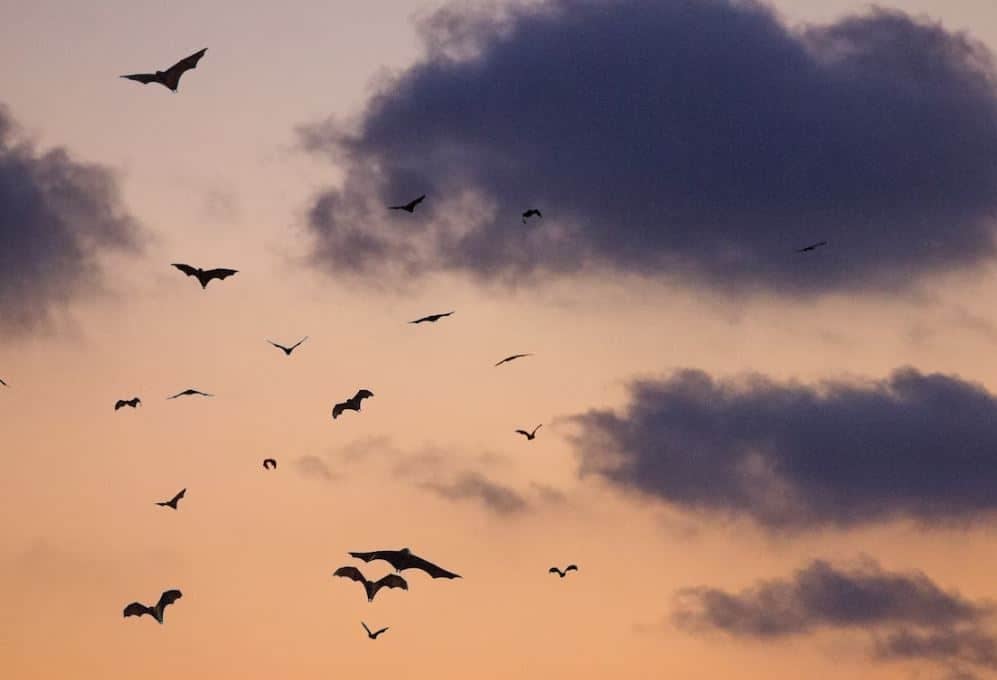DOE Seeking Better Ways to Keep Bats From Tangling With Wind Turbines

WASHINGTON — The Wind Energy Technologies Office of the U.S. Department of Energy is seeking information that could lead to future funding for better technologies to keep bats from flying into wind energy turbines.
The potential impacts on bats are a significant environmental concern for land-based wind energy deployment and operation.
Bat species of concern collectively have ranges that cover the entire continental United States, and if listed as threatened or endangered under the Endangered Species Act, could impede the development or operation of wind farms.
In an effort to address this concern, the DOE and wind energy stakeholders have been exploring options to minimize bat fatalities around wind turbines.
So far, “curtailment” — preventing turbines from operating below a given wind speed — has been the primary way to address potential bat fatalities.
While promising, officials and stakeholders agree this option can be costly (at times prohibitively so), and reduce the energy generation and reliability of wind energy facilities — particularly in summer months when electricity demand is high.
Alternatively, bat deterrents, in particular technologies that use ultrasound to deter bats from the rotor swept area, have shown promise in reducing bat activity around turbines.
While ultrasonic deterrent technologies are currently available, results from published field studies indicate mixed results and industry adoption of these technologies is still limited. Improving the performance and acceptance of bat deterrent technologies is crucial to provide wind developers and operators with the most appropriate bat impact mitigation tools for their projects.
This department’s request for information seeks input related to 1) bat behavior research needed to inform advanced deterrent development, 2) field research need for validation and acceptance of deterrent technologies, and 3) deterrent hardware research needs to ensure seamless deterrent integration with wind turbines, and long-term reliability and effectiveness.
For more information, the full RFI can be found here. Responses to this request must be submitted electronically to [email protected] with the subject line “DOE Bat RFI Response” no later than Sept. 16, 2022.
Dan can be reached at [email protected] and @DanMcCue























